October is the perfect month to write about one of my favourite cities in Mexico. Only half an hour away from my hometown, Guanajuato is the capital of the state of the same name, right in the centre of the country. It is one of the oldest cities, too; originally it was populated by the chichimecas, and durig the Conquest it was popular among the Spanish because of its gold, silver and quartz crystals mines.
Also, it played an important role during the Mexican Independence War, its famous Alhóndiga (a place where they stored grains and other goods) was taken by the Insurgent army, giving them an important advantage over the Spanish army. Now it is used for concerts. Basically, the place has a lot of history, and it shows in its architecture: the streets and alleys are all crooked and inclined, meant originally for donkeys and carts carrying metals from the mines; the oldest houses are all colonial style, big mansions for the Spanish mine “owners”.
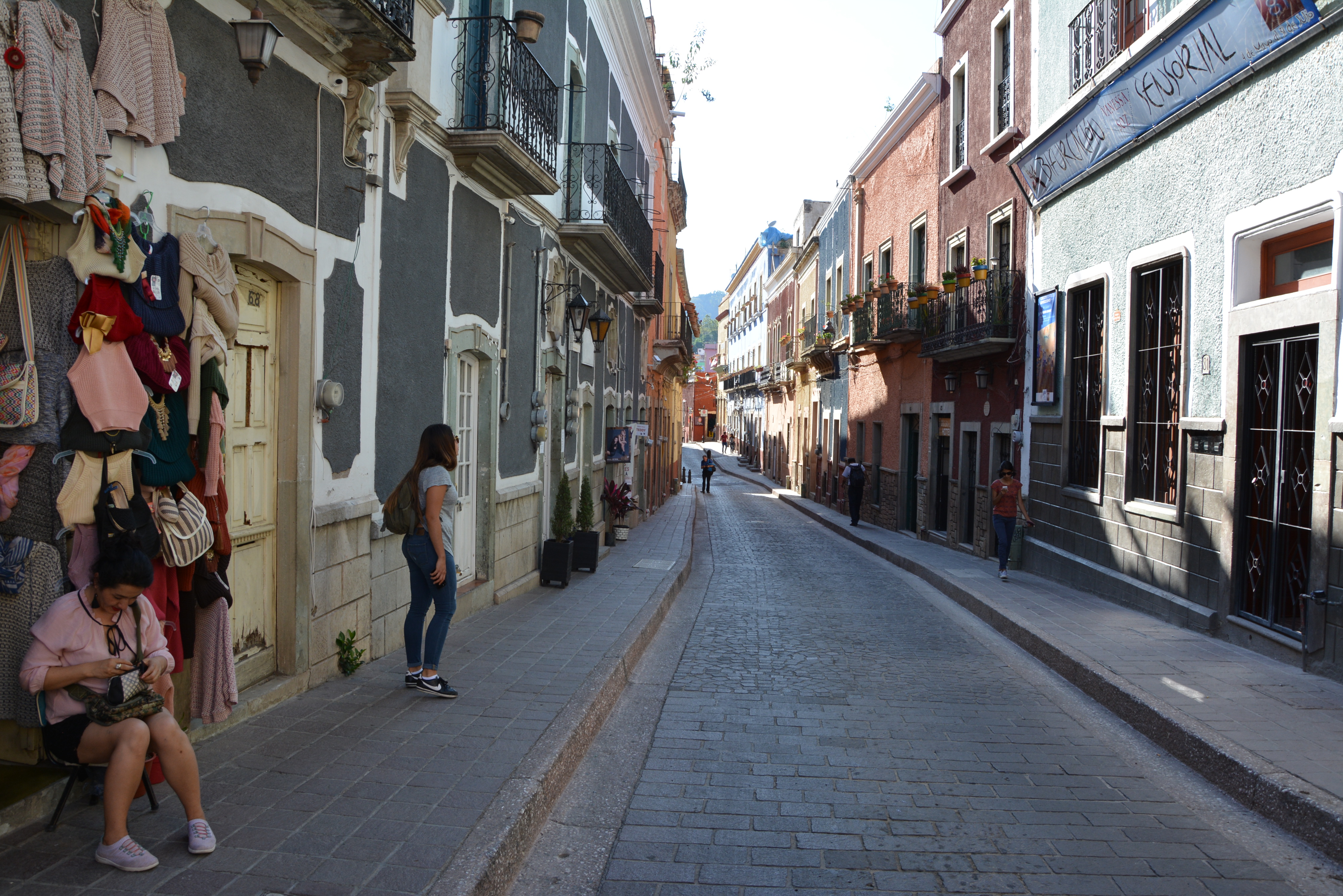
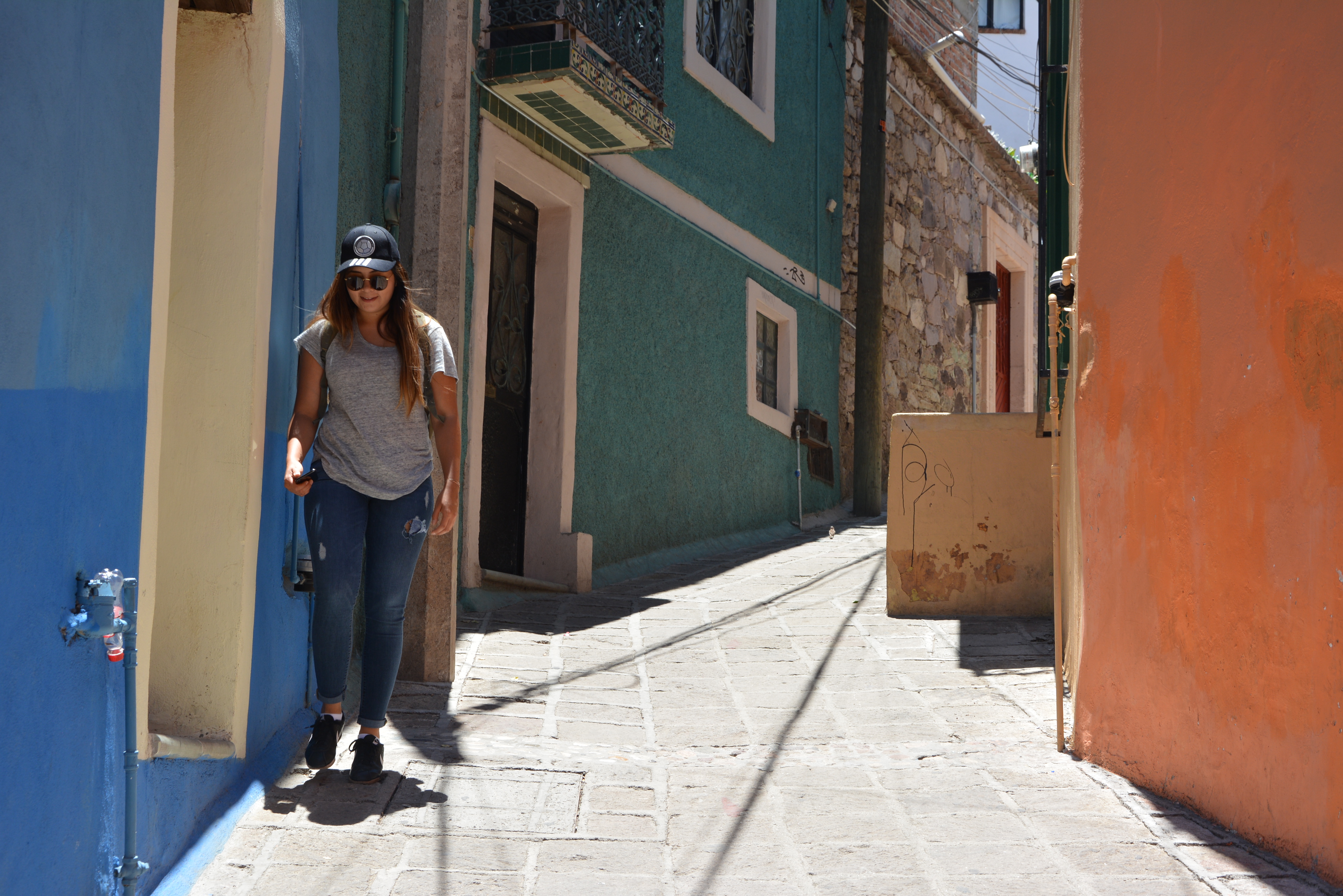
Nowadays, what is most striking about Guanajuato is how colourful its houses are, the huge statue of this man known as “el Pípila”— a fictional Independence hero—, and its mummies. Apparently, the soil in the area was not only full of precious metals, but of all kinds of minerals and salts, which naturally preserved the bodies buried in it. So yeah, there are plenty of mummies and a very creepy museum where you can see them. When I was a child, this museum was just a hallway with mummies piled on the walls, but now it’s more hygienic (with glass covering the mummies), and perhaps less creepy. I couldn’t say though, since I have no intention of returning there ever again. If you want an idea of what it was like, read Ray Bradbury’s short story “The Next in Line”, included in The October Country.
Actually, if you’re into creepy stuff, Guanajuato might be just the right place for you. Its streets have hundreds of legends about ghosts, star-crossed lovers, devils and crazy priests. You can even go on a legends tour, leaving from the Jardín de la Unión (it’s like the main square) at night during the weekends. For specific times for this and every tour just visit the unmissable information booth at the gardens. The city even has its own Romeo and Juliet, a legend set in a place called Callejón del Beso or Kissing Alley. Here, the balconies of two houses almost touch and, the legend goes, it was the perfect spot for smooching (unless of course, your father was a crazy, rich Spanyard and your boyfriend, whom he hated, was a poor miner—then it might end tragically).
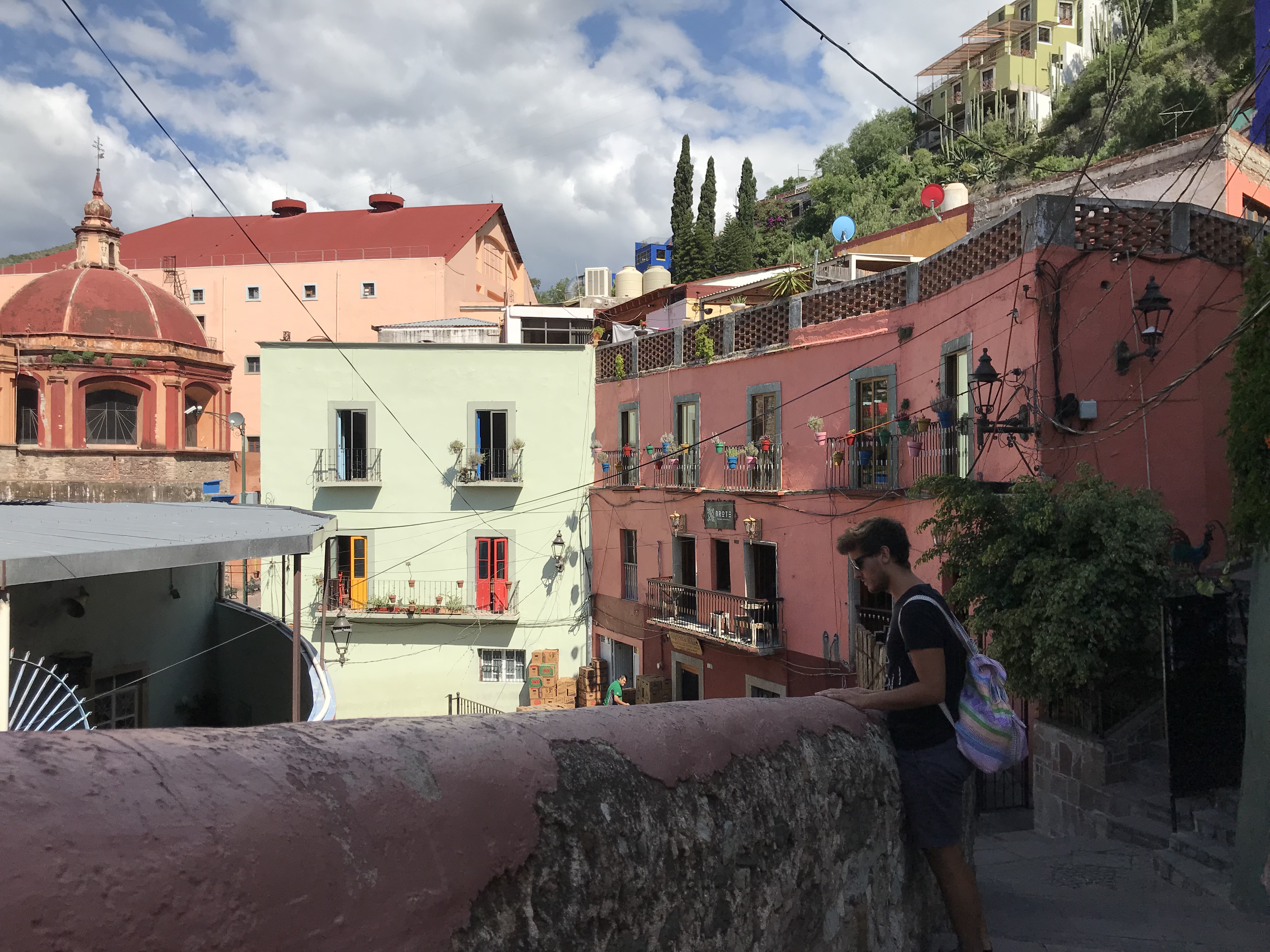
Apart from its legends, Guanajuato is famous for its estudiantina, a mobile orchestra composed mainly of mandolins and guitars, which you can join while they serenade along the alleys. This is great fun, or at least it almost always is. If you do join one, make sure the group is not too big, or moving in the narrow alleys might be a bad idea. Also, if you don’t speak at least a bit of Spanish you might miss much of the experience. Weekends during the Summer are not good since Jardín de la Unión is crowded. Also, during the Festival Cervantino, which takes place in October each year, things get very very busy.
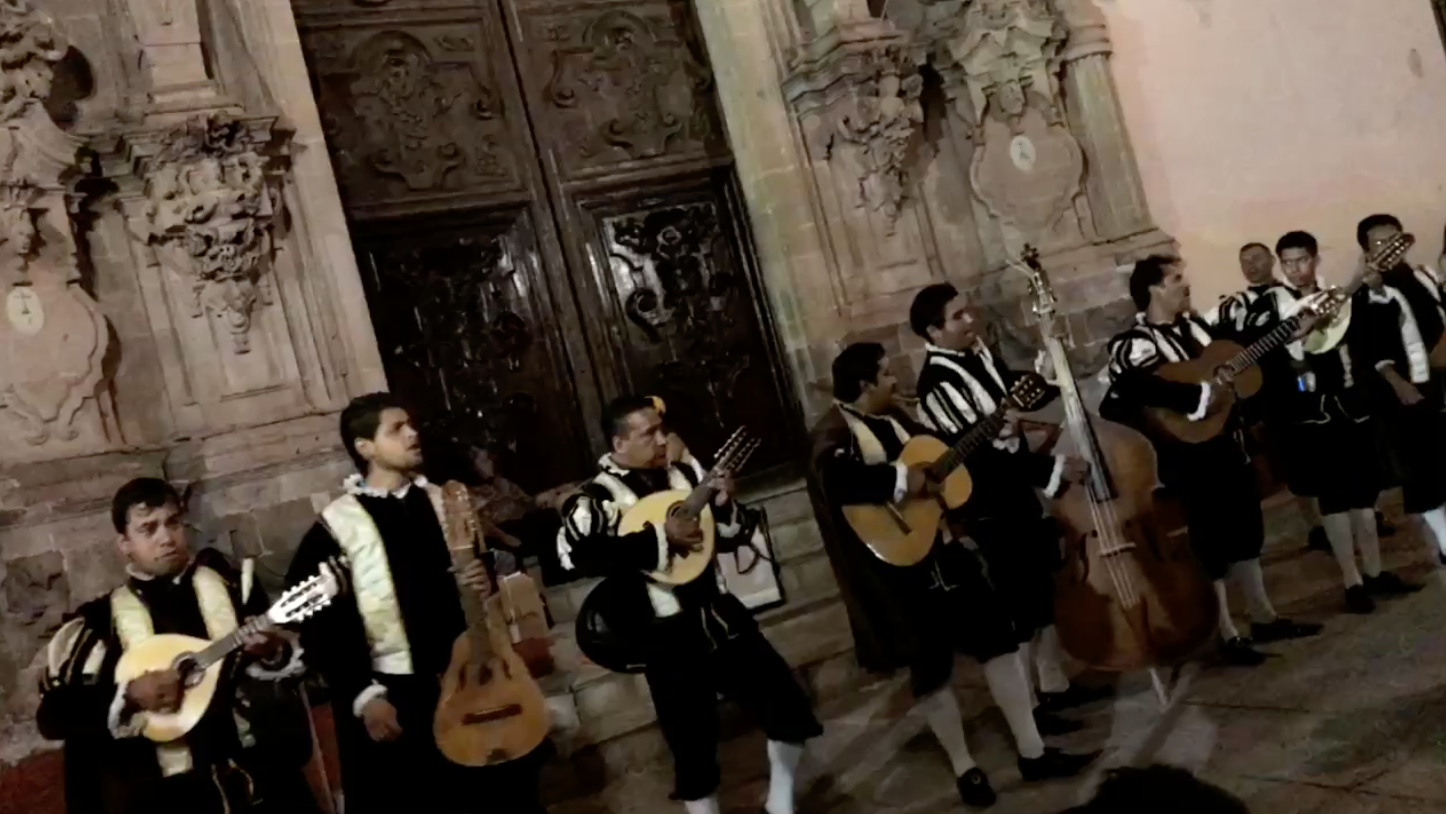
The estudiantina leaves from the church of San Diego, in fron of the Jardín de la Unión every night, every hour from nightfall. Next to San Diego is the Juárez Theatre, which was built at the end of the 19th century and was a big cultural centre for the country before the Revolution. The theatre is where many events of the Festival Cervantino take place, so check the timetables and enjoy a play or a concert in the only theatre that still has its original furniture in Mexico. Also, on the little street between the theatre and the church, you’ll find plenty of handicrafts and traditional souvenirs during the day. The whole area around the gardens is pretty active day and night, really. There are some good restaurants there, though a bit overpriced, and mariachis and other musicians playing during the day, as well as good ice cream.
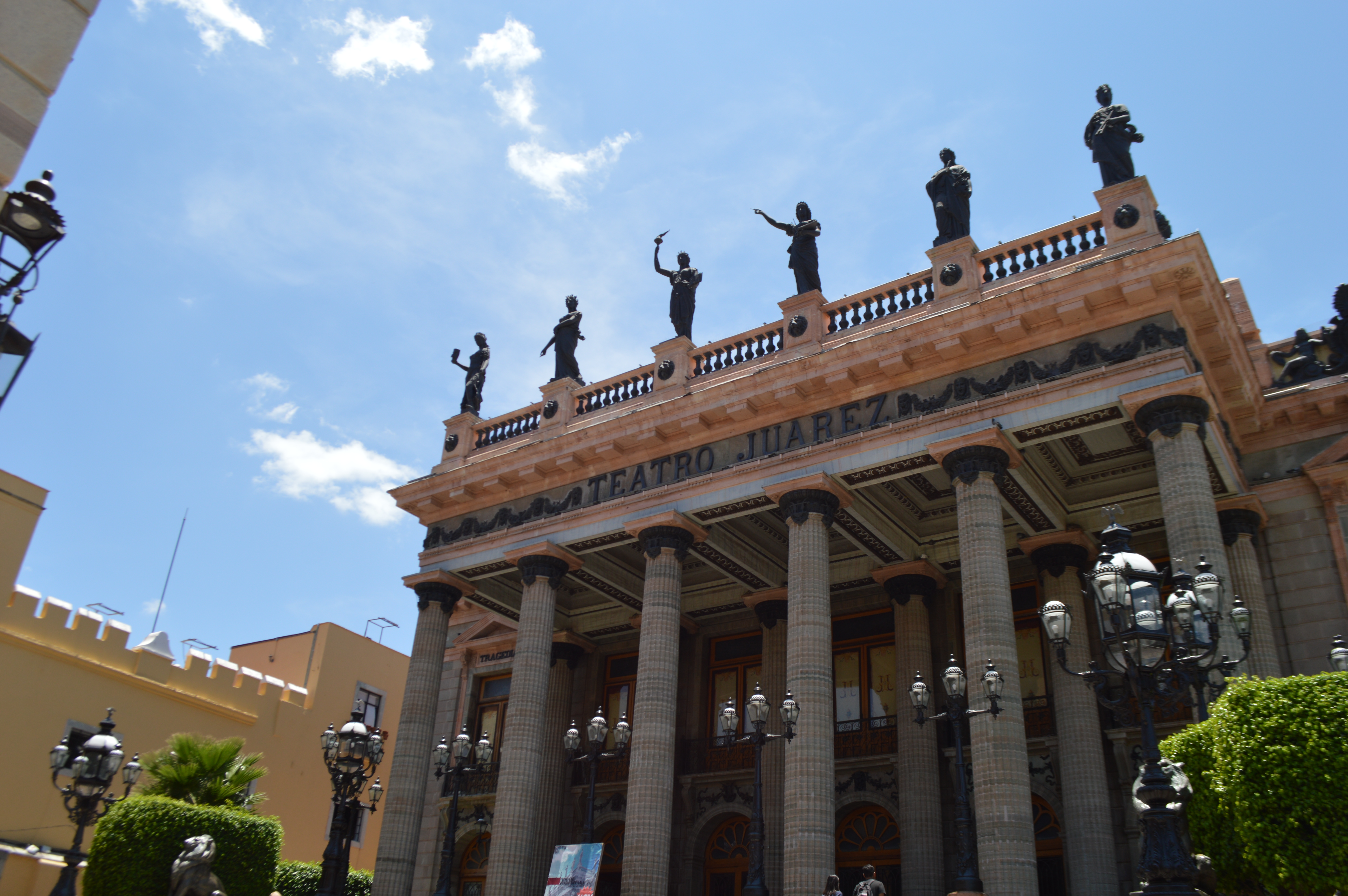

Another good place to go to for food is Del Truco alley, where there are plenty of restaurants Truco 7 and Casa Ofelia are pretty good and not expensive. Order enchiladas mineras, a regional dish. From here, you can walk to the University of Guanajuato, a very old, beautiful building with lots of steps. You can also start an alley tour from Del Truco alley. Honestly, the best thing you can do is just walk and get lost in the narrow streets, you’ll find they all have weird names —Alley of the Devil, Alley of the Flood, Alley of the [insert some creepy stuff here]—. Once you’re done wandering around, get yourself on the funicular (from the station at alley De la Constancia) to see everything from the top of the hill where El Pípila is. One of the best things of the city is how it looks from up there: all the small, colorful houses, the church towers and the imposing colonial buildings surrounded by mountains come together in an almost overwhelming landscape.
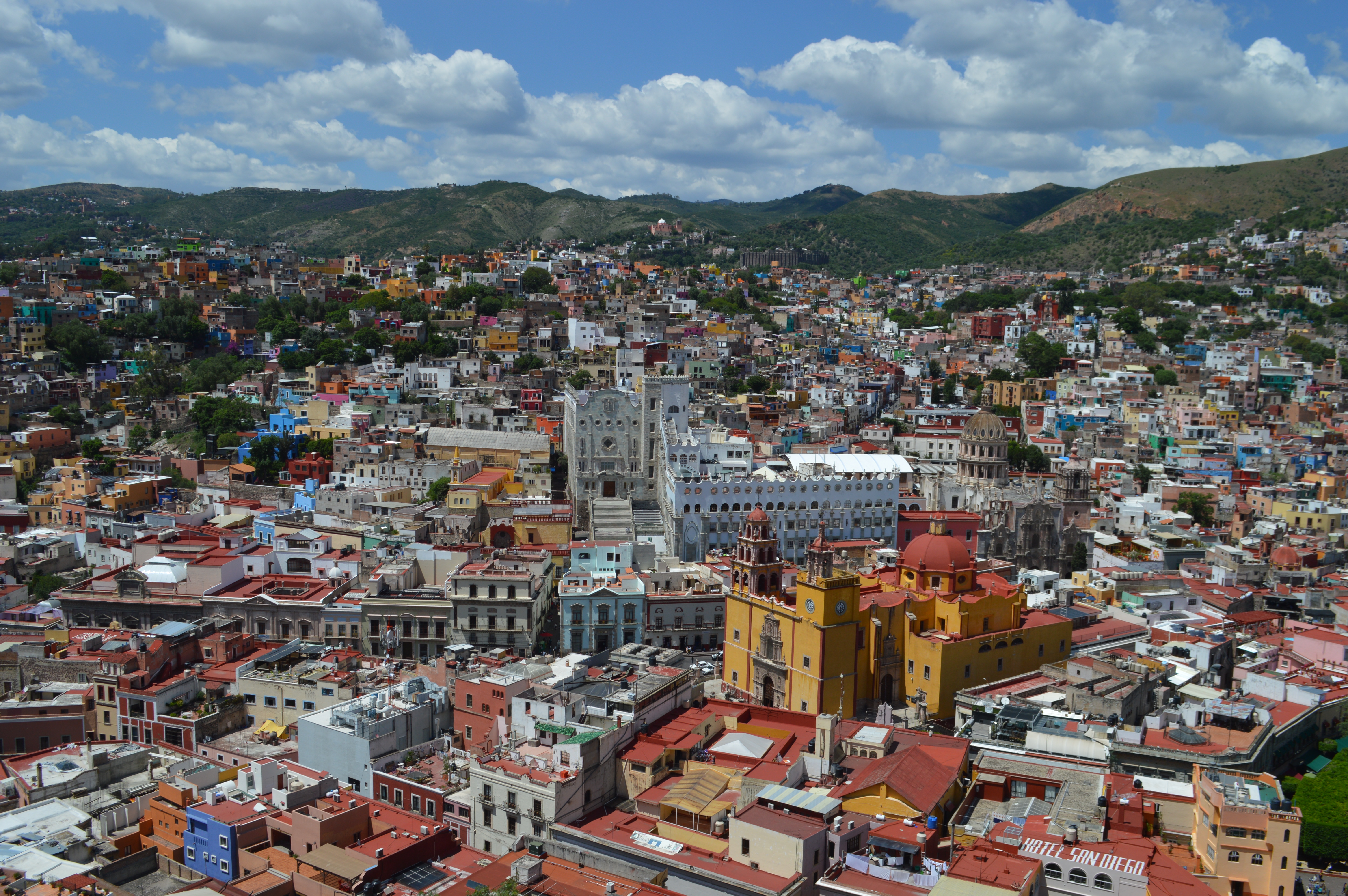
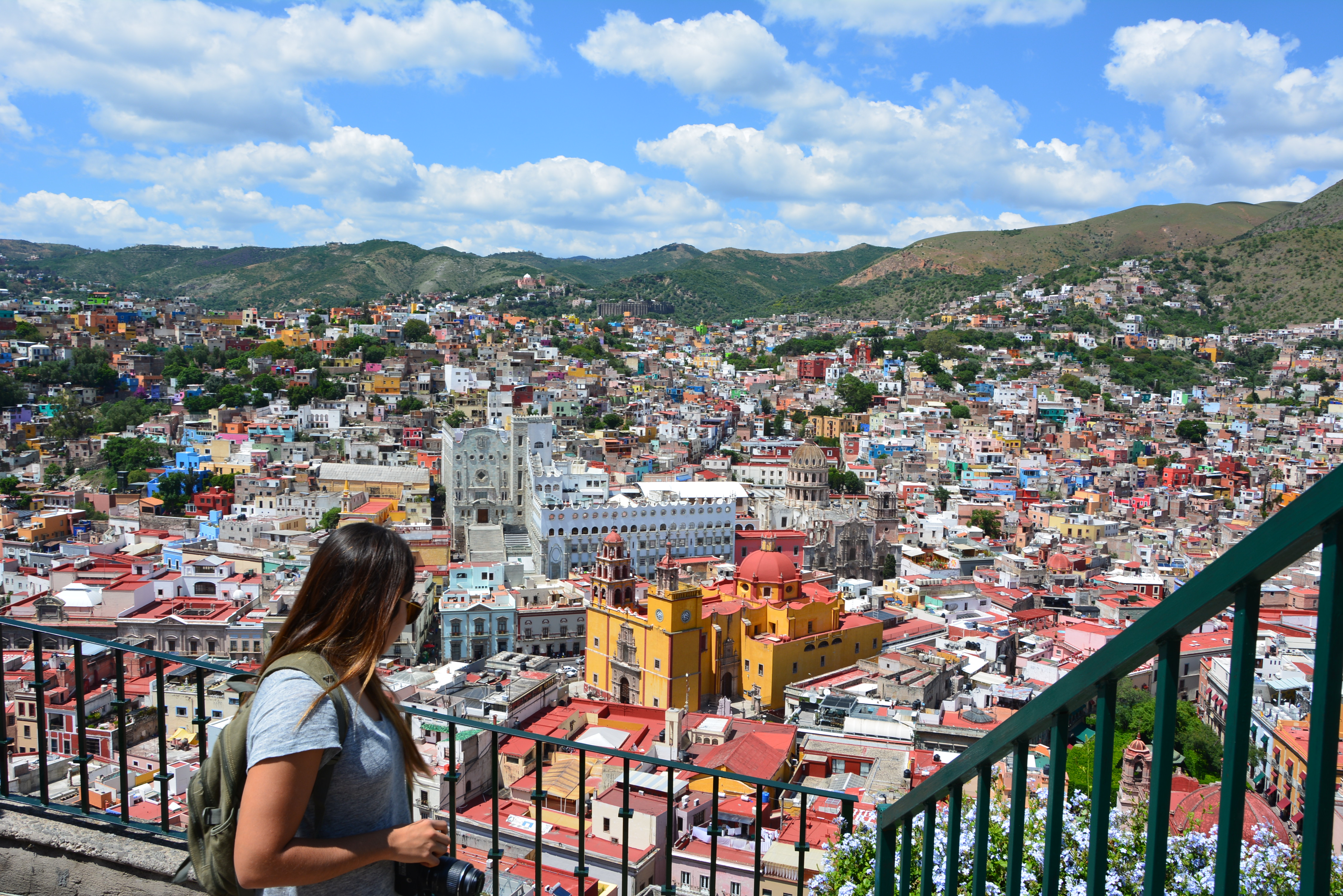

As I mentioned, this city boomed because of the mines. Some of them you can still visit, but you’ll have to hop on a bus to get there, since they’re far from the centre. Just get on any bus that says La Valenciana and they’ll drop you at the mine of the same name. There you can get a tour of the insides of the mine and a brief explanation of what a cruel business it was, of the suffering it caused, and also some legends about the hundreds of miners who died due to landslides and asphixia. Just some happy thoughts to get your day going. After a visit to the mines you can explore the many shops that sell pieces of quartz, the only thing that is still extracted from the mines, and jewerly made out of it.
Later in the day you’ll discover that, being a city populated by many uni students, Guanajuato has a very active nightlife. The centre is full of bars and nightclubs, so you’ll have plenty of choices. I recommed a bar I went to last time I was there, it’s called Golem bar and it’s really good. If you’re looking for a hotel that has a slight feeling of being haunted stay at Castillo de Santa Cecilia or La Abadía, they’re probably haunted for real, but they have good breakfasts and pools. And don’t be fooled, just because it’s usually sunny and it’s in Mexico, it doesn’t mean the weather remains warm the whole day, nights get really chilly and the winter months too. Also, it rains a lot during the Summer, but mostly at night.
All in all, Guanajuato is one of the most beautiful cities in Mexico. It has it all: history, views, good food and nightlife, ghosts. If you have a car with you, you can visit three historic towns in the state: Guanajuato, Dolores Hidalgo and San Miguel de Allende. And there are plenty of vineyards in that region, too.
Have you been to Guanajuato already? What did you think of it?

